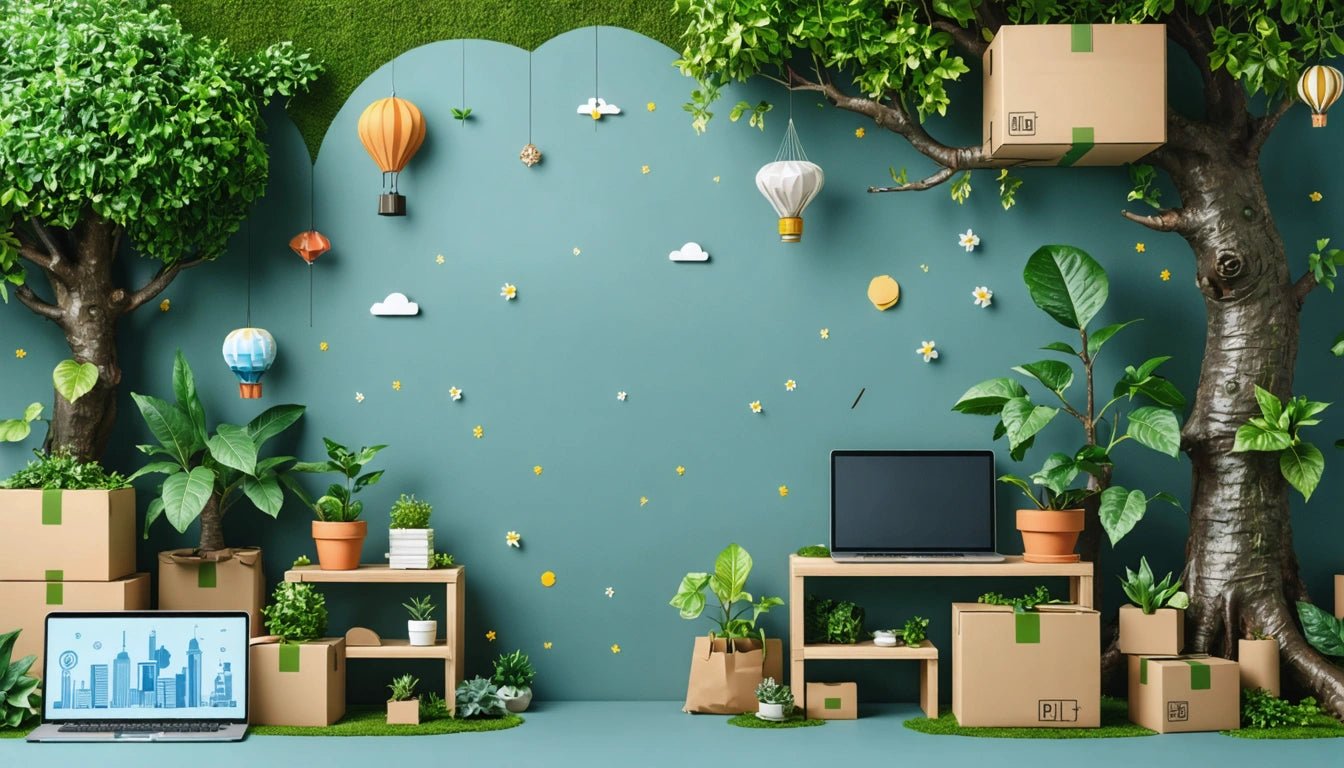Table of Contents
Benefits of Using Rigid Containers: A Comprehensive Overview
Rigid containers represent a cornerstone of modern packaging solutions, offering substantial benefits across multiple industries. Understanding what is the advantage of using rigid containers can help businesses make informed decisions about their packaging strategies. From superior product protection to enhanced brand presentation, rigid packaging provides numerous benefits worth exploring.
Defining Rigid Containers: Types and Materials
Rigid containers are packaging solutions that maintain their shape regardless of the contents they hold. Unlike flexible packaging, rigid containers do not bend or conform to pressure easily. They come in various materials, each with unique properties and applications.
Common Rigid Container Materials
- Glass: Non-porous, chemically inert, and infinitely recyclable. Glass containers are ideal for preserving product integrity and flavor.
- Plastic: Available in numerous formulations like PET, HDPE, and PP. Different plastic types offer varying levels of durability, transparency, and chemical resistance.
- Metal: Aluminum and steel containers provide exceptional barrier properties and durability.
- Rigid Paper/Cardboard: Engineered cardboard compositions can create sturdy containers with excellent printability.
According to packaging industry research, the global rigid packaging market continues to grow steadily, driven by consumer demand for premium product experiences and sustainable options.
Primary Advantages of Rigid Containers
The advantage of using rigid containers extends across several critical dimensions of packaging performance:
Superior Product Protection
Rigid containers excel at protecting contents from physical damage, contamination, and environmental factors. Their structural integrity ensures products arrive intact, reducing waste and returns. For specialty items like premium pre-rolls, specialized containers for larger format products provide both protection and proper presentation.
Extended Shelf Life
Many rigid containers offer superior barrier properties against moisture, light, oxygen, and other factors that accelerate product degradation. This translates to longer shelf life for perishable goods, reducing waste throughout the supply chain.
Brand Perception and Premium Positioning
The substantial feel of rigid packaging often conveys quality and value to consumers. Studies show that products in rigid containers are frequently perceived as premium offerings, allowing brands to command higher price points.
Industry Applications and Use Cases
Different industries leverage rigid containers for specific advantages:
Food and Beverage
In food applications, rigid containers prevent crushing, preserve freshness, and often allow for resealability. Glass and certain plastic containers can be heated or frozen, adding convenience for consumers.
Pharmaceuticals and Healthcare
Pharmaceutical products require containers that prevent contamination, tampering, and degradation. Rigid containers with precise closure systems meet strict regulatory requirements while protecting sensitive medications.
Cannabis and CBD Products
The cannabis industry relies heavily on rigid containers for compliance, freshness preservation, and child-resistance. From flower to concentrates, rigid packaging helps maintain product potency and meet regulatory standards.
Consumer Goods and Cosmetics
Cosmetics and personal care products benefit from rigid packaging that prevents leakage, maintains product integrity, and creates a premium unboxing experience for consumers.
Sustainability Considerations for Rigid Packaging
While rigid containers have traditionally been associated with higher material usage, innovations are improving their environmental profile:
- Recyclability: Many rigid materials like glass, metal, and certain plastics have well-established recycling streams.
- Reusability: The durability of rigid containers makes them excellent candidates for reuse, both by brands and consumers.
- Material Reduction: Advanced manufacturing techniques have reduced the amount of material needed while maintaining structural integrity.
- Biobased Alternatives: New rigid materials derived from renewable resources are entering the market.
For growers concerned about sustainability, evaluating plastic container safety for agricultural applications is an important consideration.
Cost-Benefit Analysis of Rigid Containers
When evaluating the advantage of using rigid containers against their costs, several factors come into play:
Initial Investment vs. Long-term Savings
While rigid packaging typically costs more upfront than flexible alternatives, the reduced product damage, returns, and waste often offset this investment. For high-value products, the protection provided by rigid containers easily justifies the additional packaging expense.
Transportation Considerations
Rigid containers generally weigh more and take up more space than flexible packaging, potentially increasing shipping costs. However, their stackability and load-bearing capacity can improve logistics efficiency in certain supply chains.
Consumer Willingness to Pay
Research indicates consumers often perceive products in rigid containers as higher quality and are willing to pay premium prices. This perception can translate to increased margins that offset higher packaging costs.
Future Innovations in Rigid Packaging Solutions
The rigid container market continues to evolve with several promising developments:
Lightweight rigid materials that maintain strength while reducing material usage and transportation costs represent a major innovation focus. Smart packaging technologies incorporating QR codes, NFC chips, and freshness indicators are being integrated into rigid containers to enhance consumer engagement and product monitoring.
For professionals interested in this evolving field, career opportunities in packaging continue to grow. The industry needs specialists who understand both traditional packaging strengths and emerging sustainable technologies.
As material science advances, we can expect rigid containers to become even more specialized, with tailored barrier properties, improved recyclability, and enhanced consumer convenience features. These innovations will further strengthen the advantage of using rigid containers in competitive markets where product differentiation and sustainability are increasingly important.



















